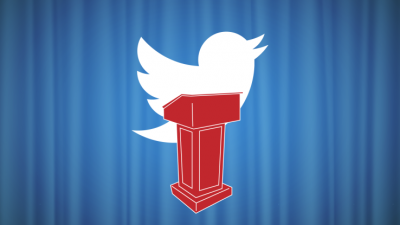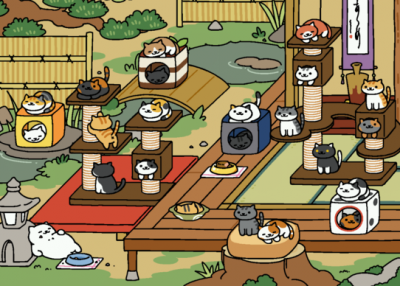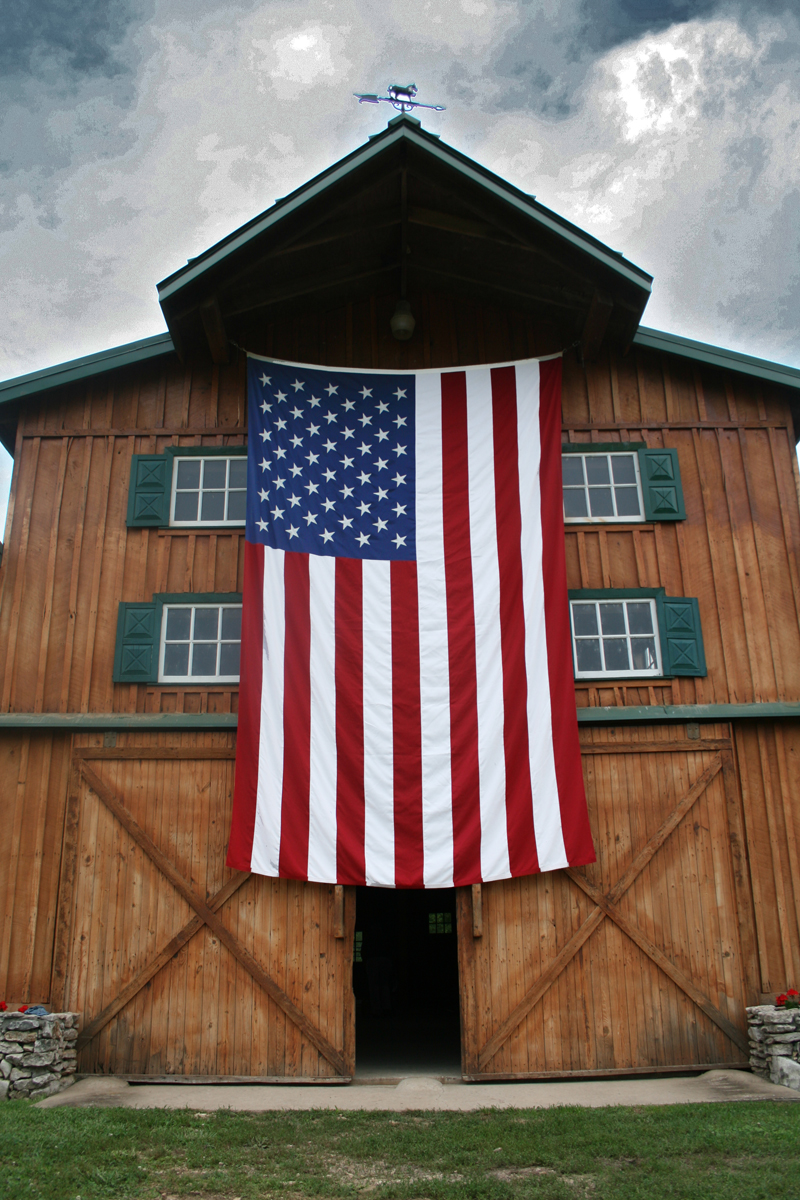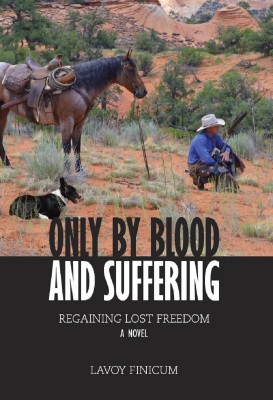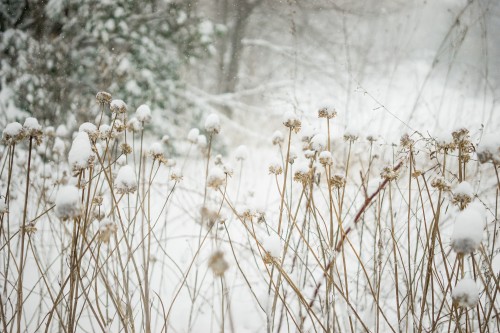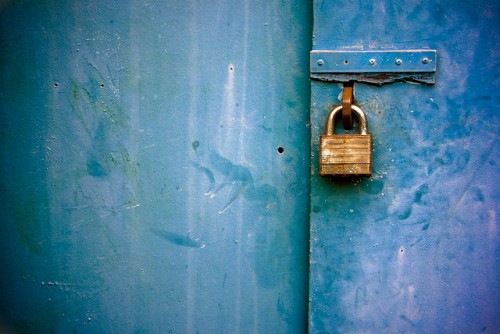
We should be nervous when the most profitable company in the world takes a principled stance against the most powerful government in the world. Apple released a statement today (they call it a “letter” to their customers) which states that the FBI has requested that they provide a backdoor to the iPhone’s operating system and they are refusing to give it to them. This is huge because If there is any sort of consistent observation across decades and genres of social theory it is that as organizations get bigger they tend to treat the rest of the world as a potential threat to their own interests. War criminal and former Secretary of State Henry Kissinger summed it up nicely: “America has no permanent friends or enemies, only interests.” The same can be said for Apple, China, General Motors, Russia, and Amazon. As a company or empire grows its stability relies on more and more factors and so the tendency is to bring those things into the fold either by buying them, colonizing them, or some indiscernible combination of the two. If Apple and the United States federal government are at loggerheads about data privacy it means that something big and fairly stable has ended. When powerful actors disagree, it usually heralds a major shift in one party’s conception of what is politically viable. Is that what just happened? more...

